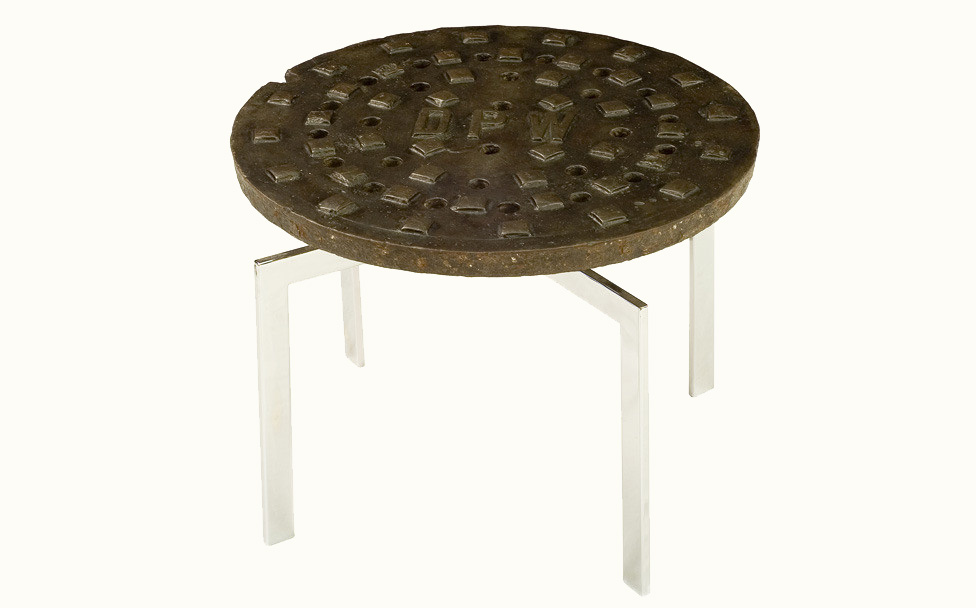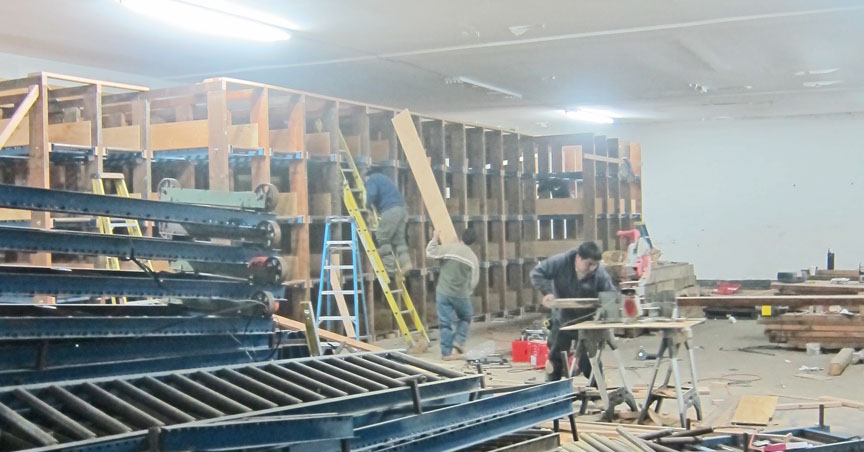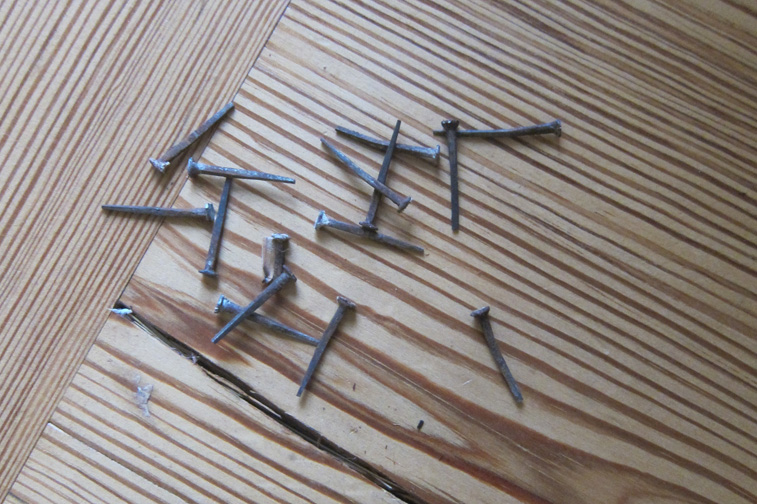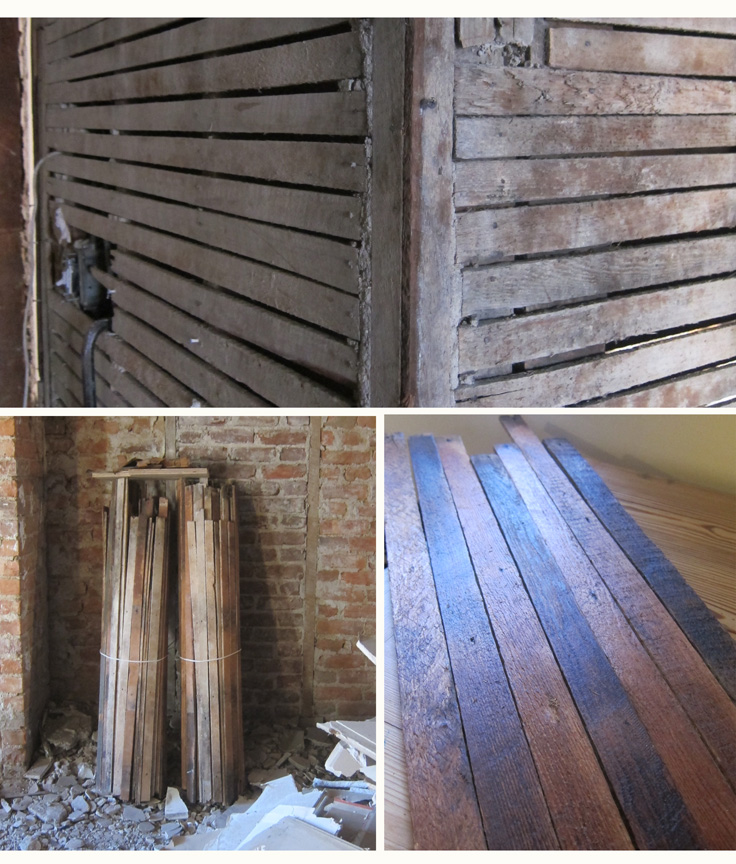Salvaged Stories documents dismantled structures in the New York City area and the lumber that is salvaged from the sites. The research follows the journey of a log, from it’s evolution as a tree species to a building and design project in the 21st century. The research and documentation includes natural history, tree anatomy, dendrochronology, early American logging and lumber heritage, historical construction techniques, the layers of history within an individual buildings, demolition process and related areas. Tracking re-uses of the lumber to new building and design projects maintains a living history of this unique piece of the city’s material culture. It’s a work in progress by our staff and a succession of compensated interns. Read more at Sawkill research.
The structures primarily span from the Erie Canal era (1832, 211 Pearl St.) to modern times (NY Public School scaffolding planks c. 2005). Some are rare architectural treasures, others are rarely given a second look – but there wouldn’t be another building like it again. Every stick of lumber has a story to tell – whether about a building (862 Washington Ave., NY), a city neighborhood (1099 Leggett Ave., South Bronx), a structural icon (a Park Ave. rooftop water tank), a person associated with the site (P.S. 17, Henry David Thoreau School), or the trees themselves and where they grew – before their journey to becoming the structural heart woods of New York City.





